A life-enhancing meal: Ángel León and Mauro Colagreco deliver a remarkable culinary display at Aponiente
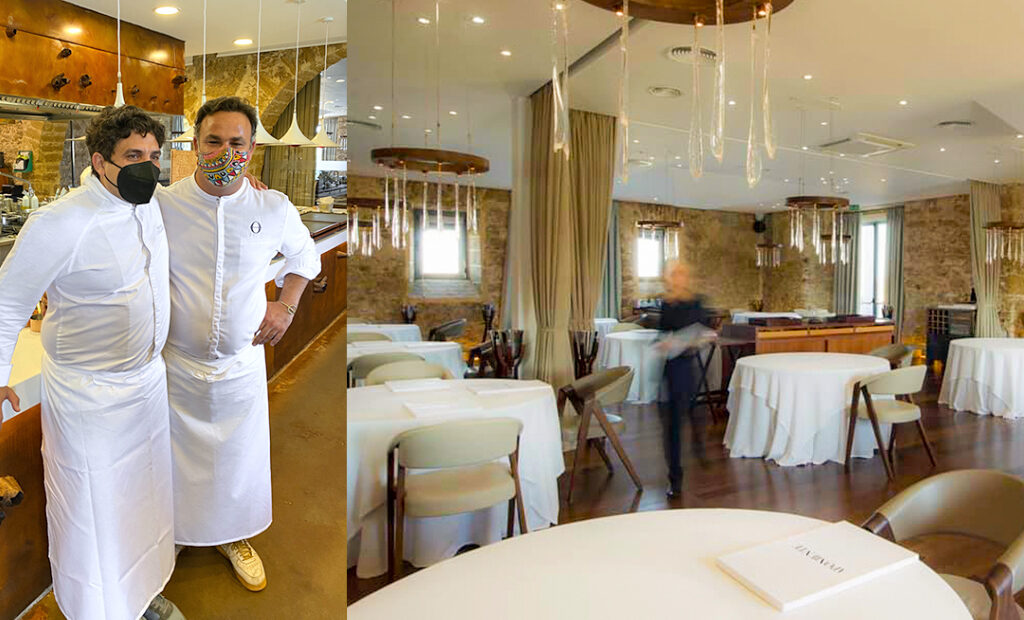
How often have you eaten something that changes your way of thinking about taste? When it comes to such eureka moments, I can recall plenty of them – such as my first black olive as a teenager in Australia, the contradictory flavours of a ripe durian fruit in Bangkok, or the perfect balance between a vintage Burgundy and a Dutch calf’s liver in a Parisian restaurant.
While these have created lasting memories, it was not comparable to the impact of an entire meal at Aponiente, the three-Michelin-star restaurant near Cadiz in Andalusia, southern Spain. Chef Ángel León has a radical way of approaching seafood, focusing on what are thought of as the “trash fish”.
These neglected items also include plankton in various guises, along with Moray eel skin, not to mention seaweed, jellyfish and sea worms. And then there is the range of seafood sausages León has created, which look like conventional pork charcuterie and even have some taste similarities, but are in fact made of discarded fish parts. Don’t be misled by these unappetising sounding items – he creates dishes that are extraordinarily pleasurable.
Recently, León and Mauro Colagreco, the three-star chef from Mirazur in Menton on the Côte d’Azur – the current holder of the top slot in the World’s 50 Best Restaurants – were keynote speakers at Madrid Fusion, the leading haute cuisine culinary conference. The theme was circular gastronomy, or cooking in a responsible way, emphasising local ingredients and highlighting produce that is scarce or even unknown. León espoused the virtues of discovering new ocean products such as eelgrass (zostera marina), which boasts of possessing twice the proteins of rice as well as being gluten-free.
Colagreco’s concept focused on his vast vegetable garden in the Riviera. He explained how during the covid lockdown he developed “Lunar Cuisine”, which is heavily influenced by the phases of the moon and the cycles of nature. The Argentinian master breaks his dishes into four sections – root, leaf, flower and fruit. Menton has a unique micro-climate and is the only place on the French mainland where bananas can be grown. This is because its large overhanging cliffs absorb the heat of the day and then reflect it back during the night.
The two chefs were complementary as León considers his produce to be the equivalent of the harvest from an underwater farm – he gives some of his ingredients terrestrial names such as sea artichokes, sea rice and even fish-belly bacon.
Although they only met for the first time earlier this year, the pair quickly agreed to create a combined menu shortly after Madrid Fusión, which is known in the culinary trade as a “four hands” event. It is always a bit of risk when a famous chef cooks in someone else’s kitchen – a bit like expecting a sculptor to work in a another artist’s studio, using the other’s raw materials and equipment. However, Colagreco was happy to rise to the challenge and relied on local ingredients, bar his specially treated beetroot, which is buried in his cellars for two years before being replanted.
The five-hour feast of 23 courses was called Mare Luna (Sea Moon) and took place at Aponiente, a stylish former wheat mill which juts into the sea at El Puerto de Santa Maria, located equidistant between Cadiz and Jerez, the Sherry capital of Spain.
León began with a group of idiosyncratic starters, including sea urchin roe infused with sea honey and sprinkled with elderflowers; tiny rice-like flakes of sun-dried squid; a skeletal mackerel head and “tuna ham” sliced from its belly. The meal proceeded with Colagreco’s dish of fermented cucumber water with jellied cubes of water melon, and melon with a mixture of green herbs. The intensity of the flavours was breathtaking and evoked a seasonal spring on the plate.
The event unfolded like a culinary tennis match – León served up an oyster vichyssoise bolstered with collagen from fish eyes; Colagreco countered with his layers of two-year preserved beetroot with local caviar; León then replied with a helping of razor clams and Colagreco responded with an exquisitely symmetrical artichoke pie accompanied by artichoke jelly adorned with flowers.
Next came the crispy skin from León’s Morey eel, along with tuna and sea bass belly created to resemble the classic Peking duck plate, while Colagreco served his Black Tide: turbot coated in black garlic and liquorice-infused hollandaise sauce – this was inspired by consulting NASA officials about the dark side of the moon. León then ended his savoury offerings with what appeared to be a large veal shank with the bone protruding from the top. Once more, it was a marine homage to a land mammal – this was a tuna tail slow-cooked for 18 hours so that it melted off the bone.
By this stage, diners were more than satisfied by the profusion of taste sensations and accompanying vintage sherry and wine. But the most revelatory dish was yet to come: Ángel’s squid dessert. This comprised wafer-thin slices of ice-cold squid flavoured with yuzu, which were dipped in egg and frozen fish powder. It was fresh and palate-cleansing without any taste of squid. After this, the remaining handful of sweet courses couldn’t help but be anticlimactic, even though they included Ángel’s inspired serving of rose petals and Colagreco’s orange blossom of saffron mousseline, orange sorbet and almond espuma – all of which are grown in his Menton garden.
The most satisfying aspect of the experience was the way it opened your eyes to the potential of produce that nobody has ever imagined belonging on the plate. What is fascinating is the way that lockdown has had a lasting impact in Mauro’s cuisine, with its emphasis on the phases of the moon and seasonality, whereas Ángel says it has had no impact at all. As Ángel points out, “The people I deal with are all concerned with nature, but that hasn’t changed.” However, he sees the future more in terms of taking his cuisine further away from actually consuming fish. “I personally don’t like tuna, but culturally it has been deep in our roots since Roman times. In fact, my favourite fish is mullet. In the future though, I would like not to have to serve fish at all, but find protein in other products.” With the success of this encounter, one hopes that a return bout can soon be held in the Côte d’Azur.
Bruce Palling
Photos: Bruce Palling (except dining room)
For further information or to book a table at Aponiente, Cádiz, Spain, visit their website here. For further information or to book a table at Mirazur, Menton, France, visit their website here.

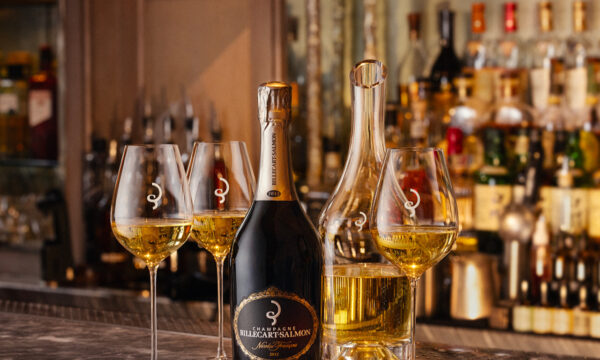
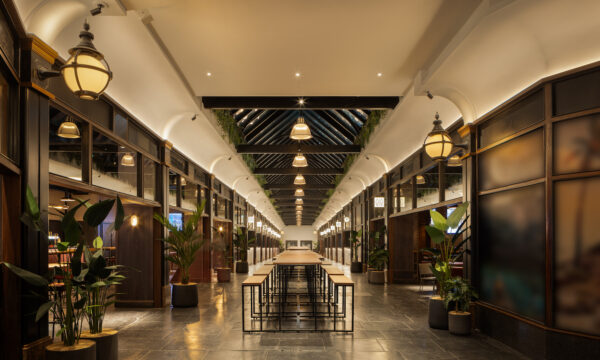
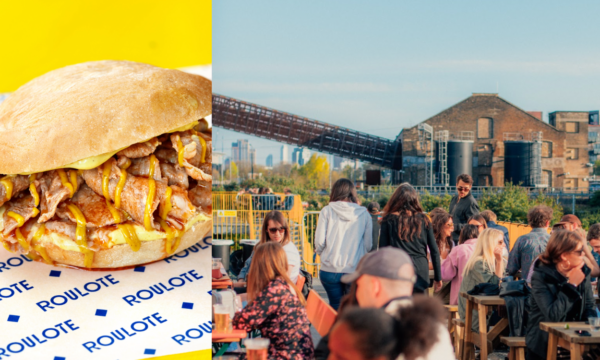
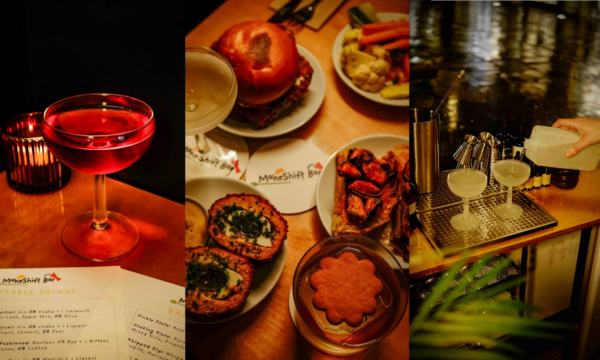
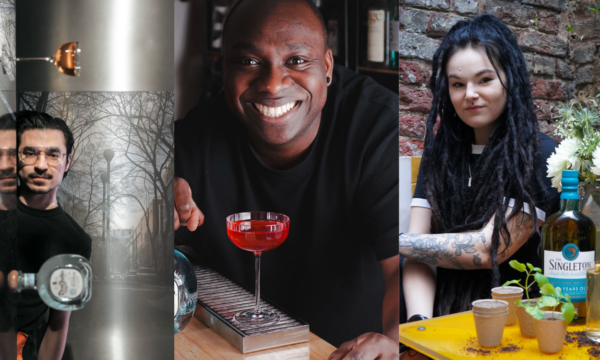
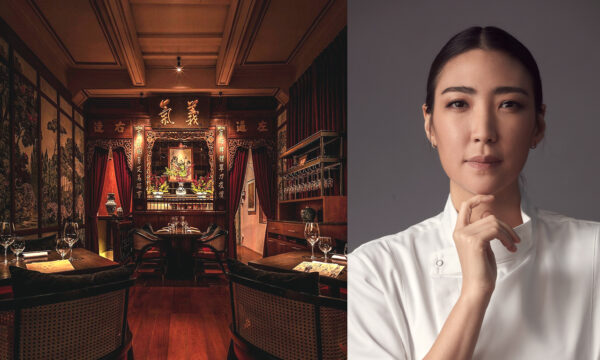
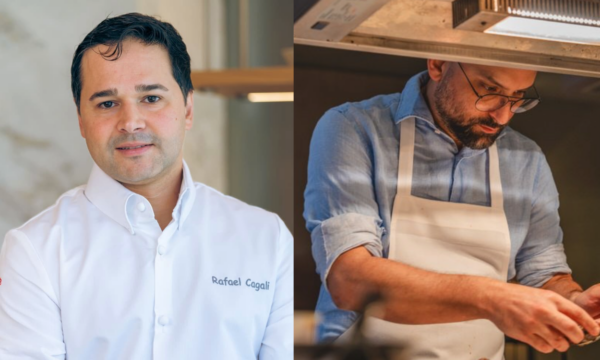
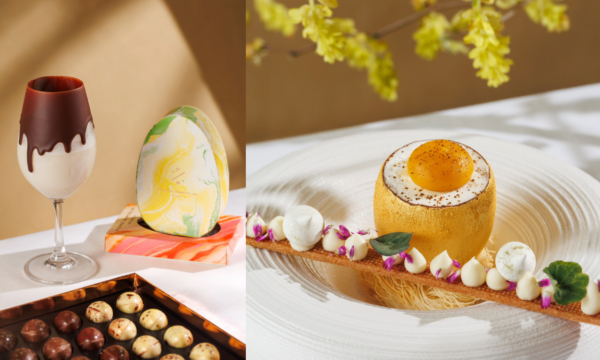
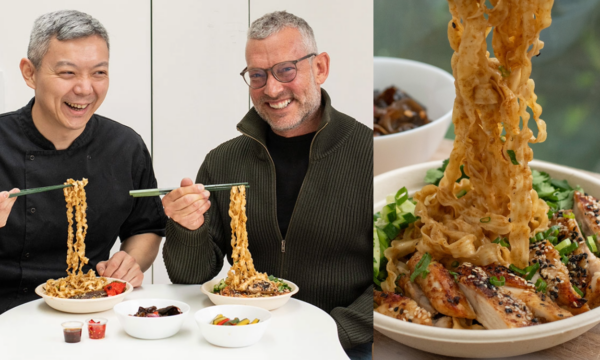








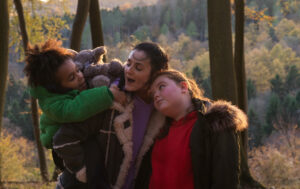





Facebook
Twitter
Instagram
YouTube
RSS